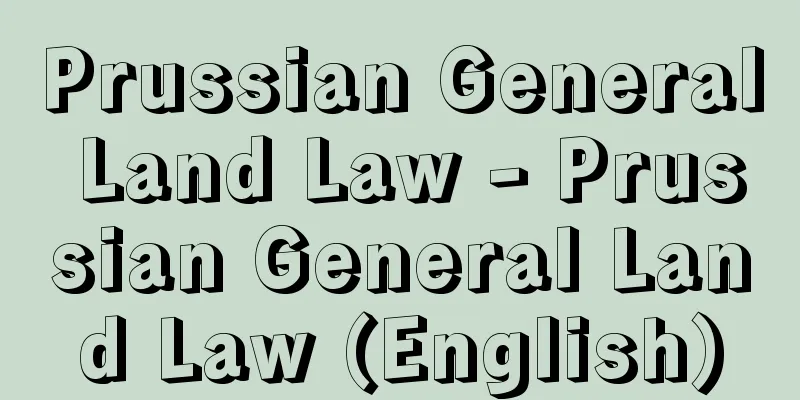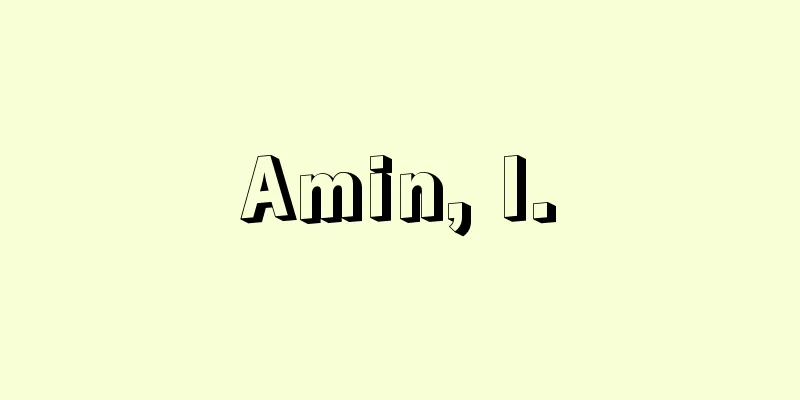Prussian General Land Law - Prussian General Land Law (English)

|
The Great Code of 18th century Prussia, on a par with the French Civil Code (the Napoleonic Code) and the Austrian General Civil Code. In 1780, by order of Frederick II (the Great), the project of compiling the code was started with the aim of eliminating the application of the previous Roman law (the succession of Roman law) and creating a new general code that was rational and suited the circumstances of the Land and had supplementary effect. The driving force behind this was enlightened judicial officials such as Johann Heinrich Casimir Carmer (1720-1801) and Carl Gottlieb Svarez (1746-98). Source: Heibonsha World Encyclopedia, 2nd Edition Information |
|
フランス民法典(ナポレオン法典)やオーストリア一般民法典と並ぶ18世紀プロイセンの大法典。1780年フリードリヒ2世(大王)の命により,従来の継受ローマ法(ローマ法の継受)の適用を排し,新たに理性とラントの事情に適合し補充的効力をもつ一般法典をつくる目的で,法典編纂事業が開始された。その推進力となったのは,カルマーJohann Heinrich Casimir Carmer(1720‐1801)やスバレツCarl Gottlieb Svarez(1746‐98)らの啓蒙司法官僚である。
出典 株式会社平凡社世界大百科事典 第2版について 情報 |
<<: Prussian Reformation (English: Reformen in Preußen German)
Recommend
Yokozoji Temple
A Tendai sect temple in Tanigumi Kamihara , Ibigaw...
dinitrogen tetroxide
...When dissolved in alkali, it produces nitrites...
Fleet Street - Fleet Street
This is the newspaper district of London, the cap...
Rinuccin, O. (English spelling) RinuccinO
...From about 1590, he became a singer for the Me...
Ursus arctos middendorffi
…Bear [Tadaaki Imaizumi]. . . *Some of the termin...
Nautiloidea
…Compared to the 3,500 or so fossil species, ther...
Kyoso - Kyoso
...For a fly of the Tachinidae family, the setae ...
Lemma - Lemma
A theorem that is used as a supplement to prove a ...
Safety fuse - Anzendokasen
...used for igniting industrial detonators and fi...
Oceanographic observations
A general term for observations conducted to inve...
Zhang Liang
[1] A meritorious official in the early Han dynast...
high speed surface transport
...Generally, the magnets on the train side are e...
Polygala sieboldii - Polygala sieboldii
...The fruit is a heart-shaped, flat capsule cont...
Perfect conductor
An ideal conductor of electricity or heat with inf...
Wada Pass - Wada Pass
A pass on the old Nakasendo road, located in the n...




![Eumenes [I] - Eumenes](/upload/images/67cf99e11c854.webp)




